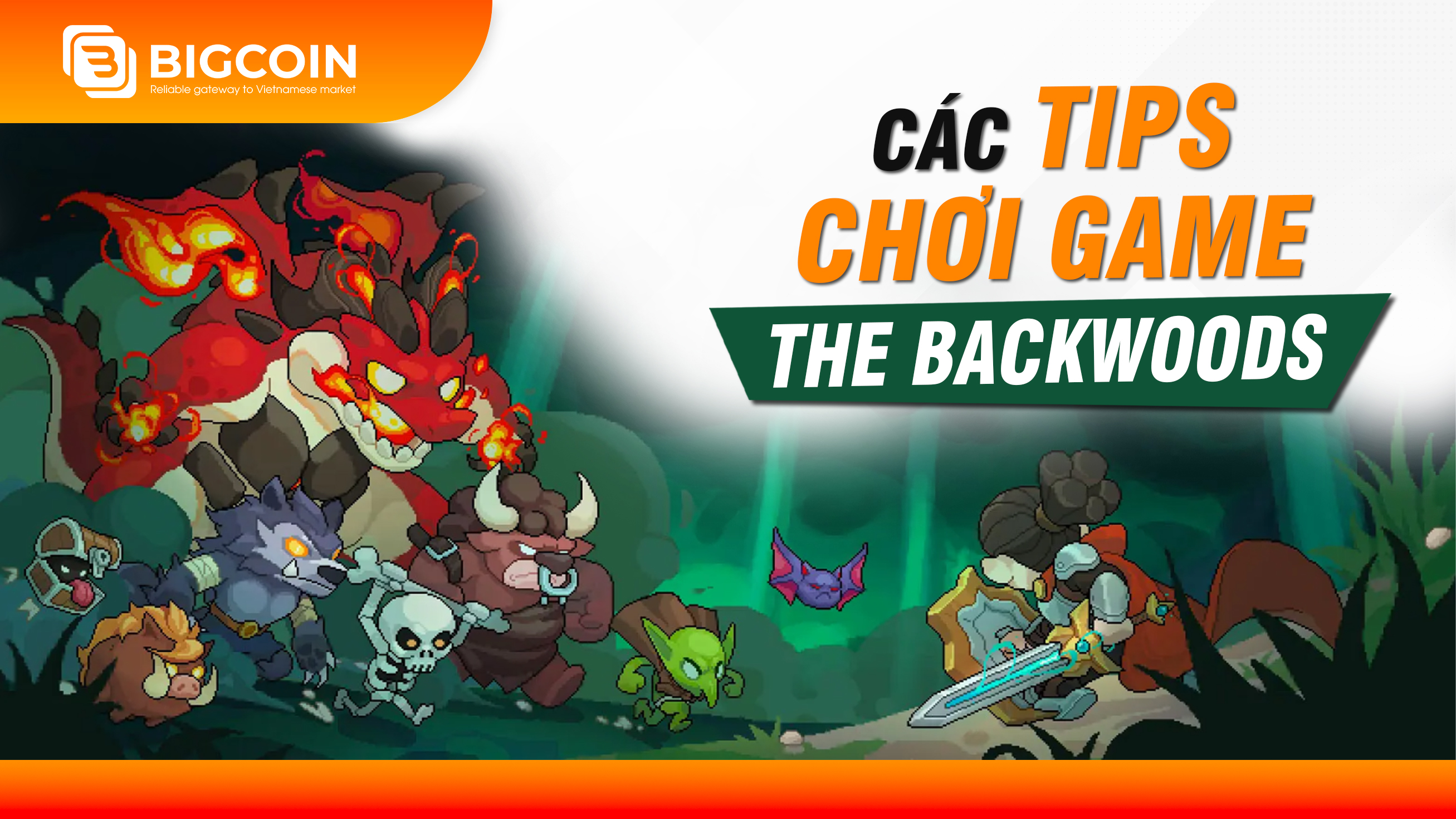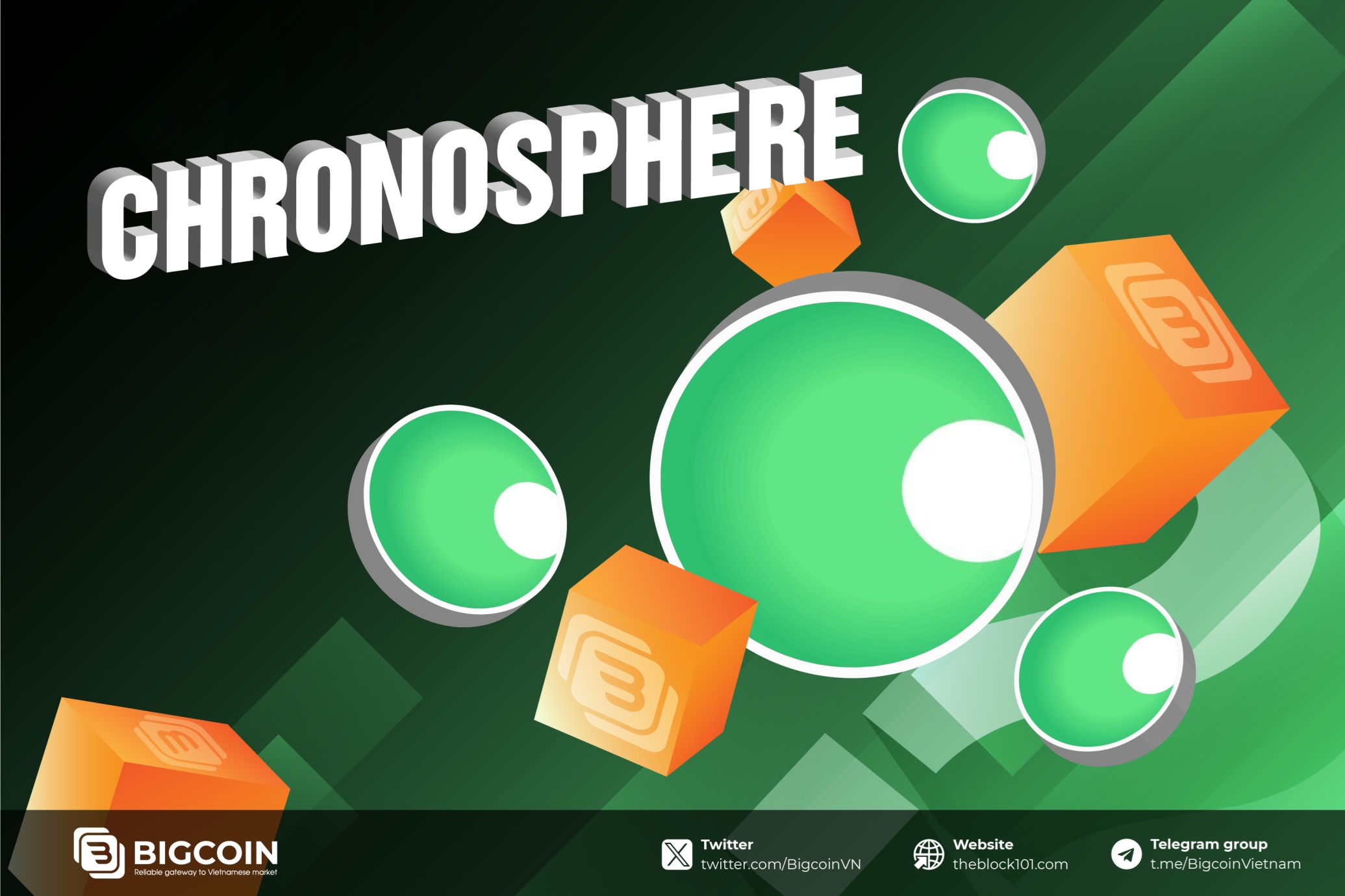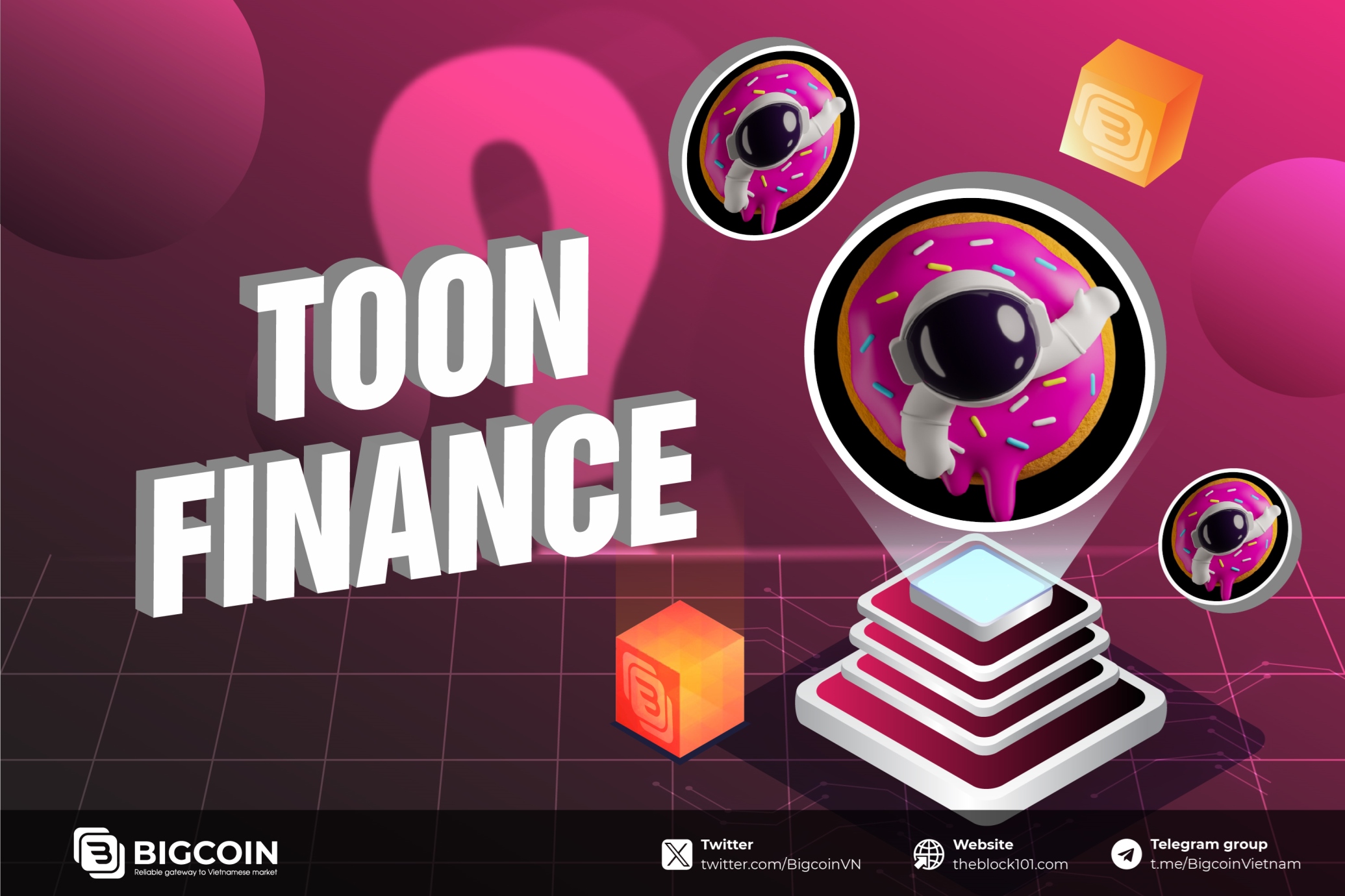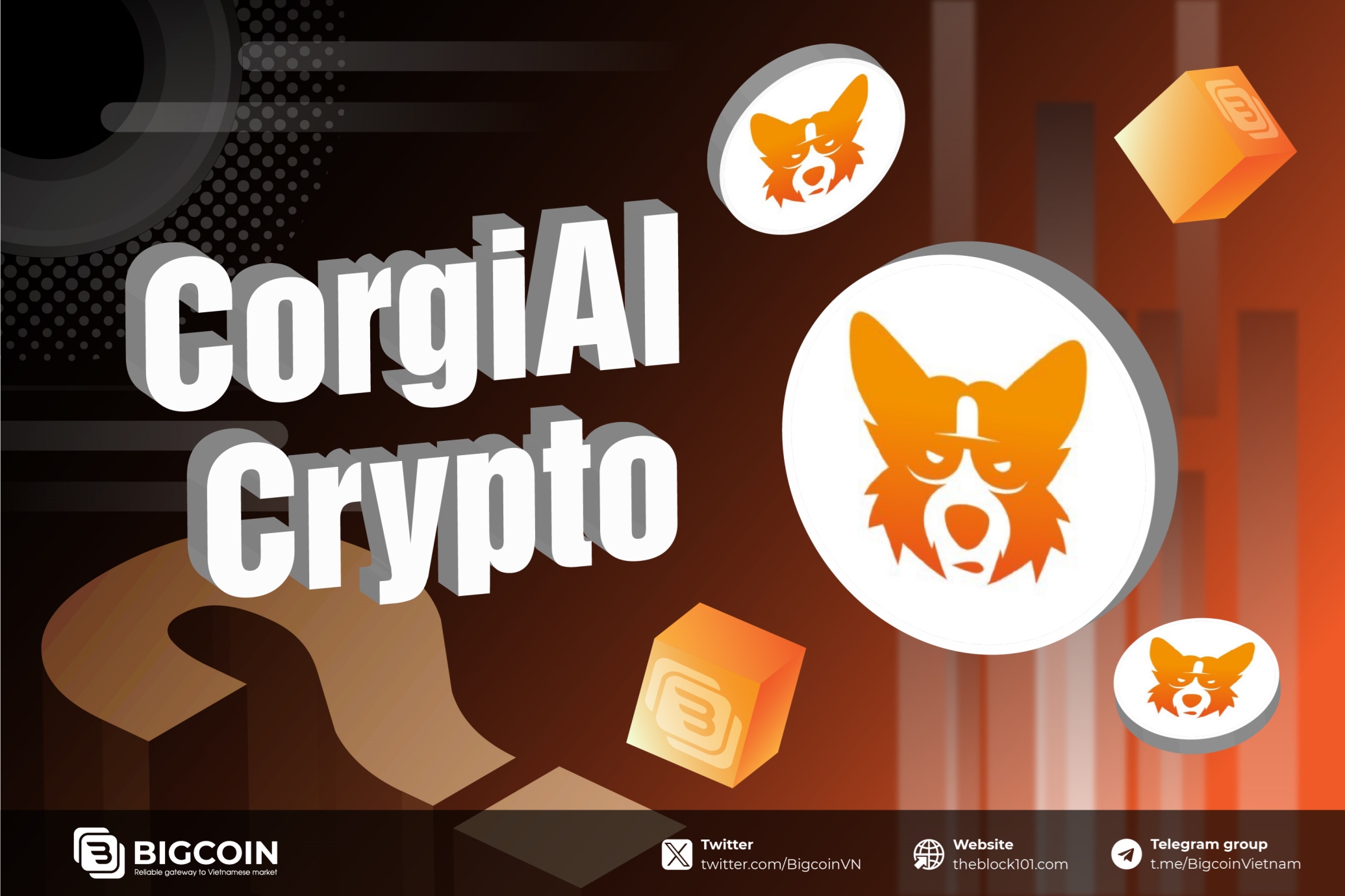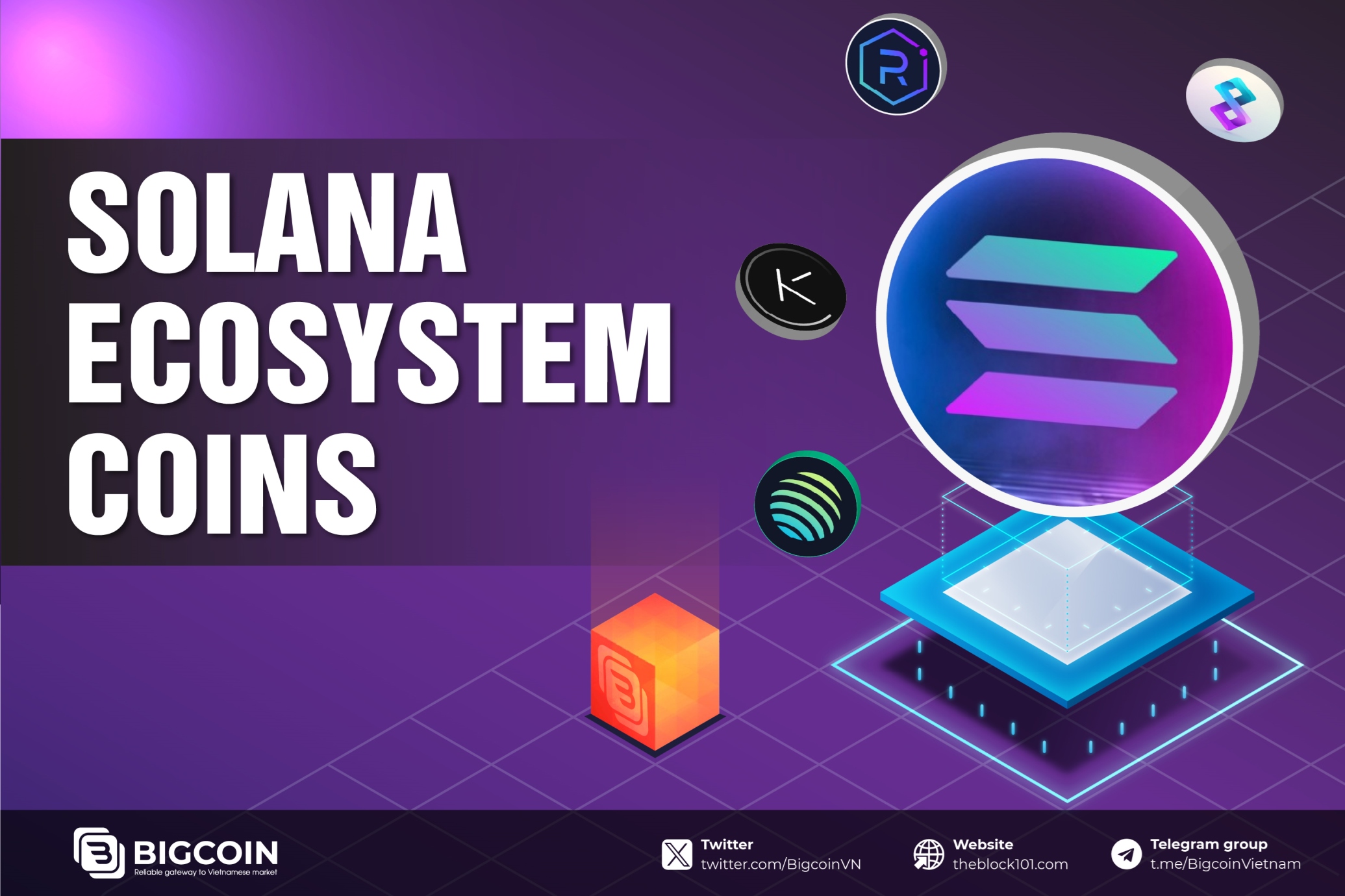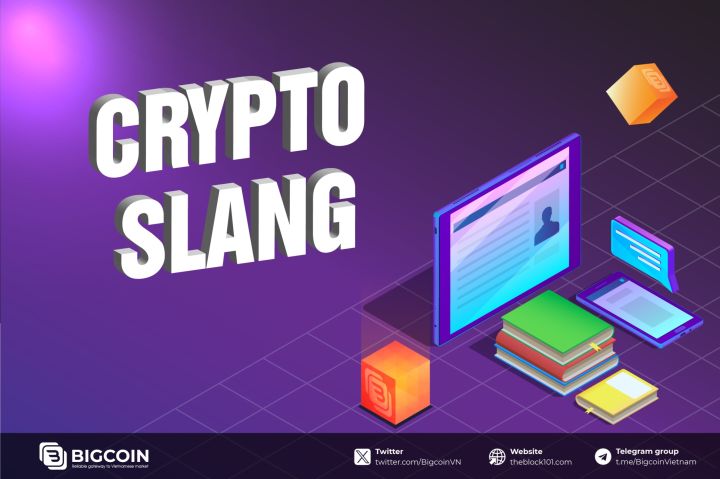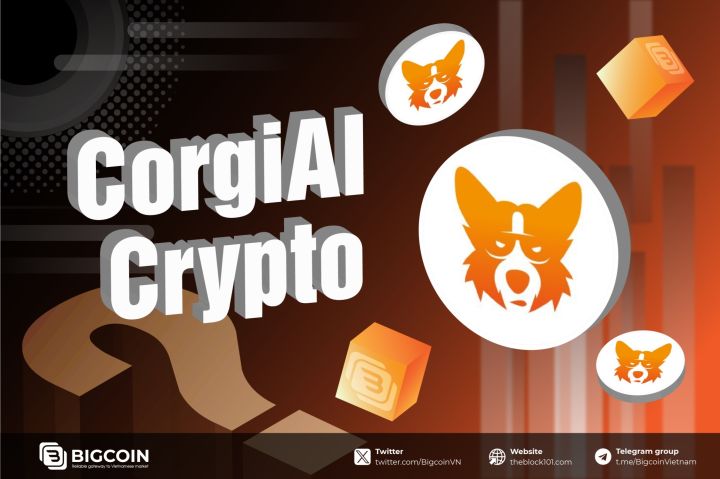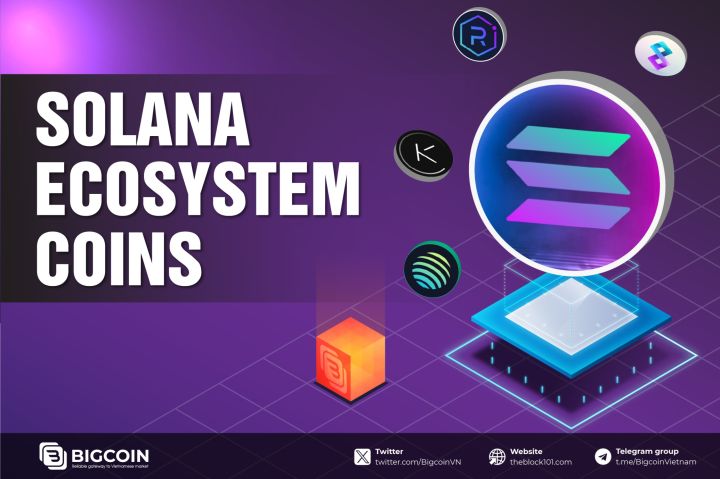
1. What is Mantra Chain?
1.1. What is Mantra (OM)?
Mantra Chain is a Layer-1 blockchain within the MANTRA OMniverse ecosystem, built using the Cosmos SDK. It aims to create a secure, transparent, and regulatory-compliant platform for tokenizing, investing in, and trading real-world assets (RWAs) such as real estate, commodities, and securities. By leveraging Cosmos’ Tendermint BFT consensus, Mantra Chain ensures high performance, scalability, and security, making it suitable for both developers and users navigating the Web3 space.
Key features of Mantra Chain include:
-
RWA Tokenization: It provides infrastructure to bring real-world assets onto the blockchain, enabling fractional ownership and seamless trading.
-
Regulatory Compliance: The platform uses standardized modules and decentralized identity (DID) systems to meet KYC/AML requirements, appealing to institutional and retail users.
-
Interoperability: Built with Cosmos’ Inter-Blockchain Communication (IBC) protocol, it connects with other blockchains in the Cosmos ecosystem, fostering cross-chain interactions.
-
Developer-Friendly: Mantra Chain offers tools like SDKs and APIs to simplify the creation of decentralized applications (dApps) focused on RWAs.
The ecosystem also includes components like MANTRA DAO for community governance, MANTRA Nodes for infrastructure, and MANTRA Finance for DeFi solutions, all working together to bridge traditional finance (TradFi) with decentralized finance (DeFi).
1.2. Mantra’s Achievements
Mantra has positioned itself as a leader in RWA tokenization, securing high-profile partnerships with Google Cloud and Dubai’s DAMAC Group, including a $1 billion deal to tokenize assets like real estate and data centers. The project also became the first DeFi protocol to obtain a Virtual Asset Service Provider (VASP) license from Dubai’s Virtual Assets Regulatory Authority (VARA), enabling it to operate as a digital asset service provider in the UAE.
On April 7, 2025, Mantra announced a $108 million Ecosystem Fund (MEF) to support RWA innovation, further solidifying its ambitions. However, the timing of the crash—just days after this announcement—has fueled skepticism about the project’s stability.
2. OM Token: The Heart of Mantra

The OM token is the native cryptocurrency of the Mantra ecosystem, powering transactions, governance, and staking. It operates across multiple chains, including Ethereum, BNB Chain, Polygon, and Mantra Chain itself. Key utilities of OM include:
-
Governance: OM holders can propose and vote on protocol upgrades and ecosystem decisions.
-
Staking: Users can stake OM to secure the network and earn rewards, with APRs historically ranging from 17-20%.
-
Access: Staking OM unlocks exclusive opportunities, such as airdrops from partner DAOs and participation in new token issuances.
-
Incentives: The token is tied to Mantra’s Karma Protocol, rewarding active community contributions with benefits like reduced fees and higher staking yields.
Since its launch in 2020, Mantra has evolved from a DeFi-focused platform (initially called Mantra Finance) to a leading RWA blockchain, raising $11 million in March 2024 to expand its tokenized asset marketplace.
3. The OM Token Crash: What Happened?

On April 13, 2025, the OM token experienced a catastrophic 90% price drop, falling from around $6 to below $0.50 in hours, erasing billions from its market capitalization. The crash stunned the crypto community, raising concerns about the project’s stability and sparking debates about its causes.
Key Details of the Crash:
-
Trigger: Mantra’s co-founder, John Patrick Mullin, attributed the plunge to “reckless liquidations” by centralized exchanges during a low-liquidity period, denying any team involvement or insider selling.
-
Market Impact: The token briefly rebounded to $0.75 but remains volatile, trading at approximately $0.79 as of April 14, 2025, with a market cap under $1 billion.
-
Community Reaction: Allegations of market manipulation surfaced after on-chain data showed 43.6 million OM tokens (4.5% of circulating supply) deposited to exchanges like OKX and Binance starting April 7. The deletion of Mantra’s Telegram group further fueled distrust, though Mullin clarified the team’s wallets remained untouched.
-
Exchange Scrutiny: OKX’s CEO called the incident a “major scandal,” while Binance committed to investigating the role of forced liquidations.
Mantra’s Response:
Mantra’s team has promised transparency, with plans to:
-
Release a detailed report on the crash.
-
Work with exchanges to clarify liquidation practices.
-
Host a community discussion on X to rebuild trust.
Despite the setback, supporters argue that Mantra’s strong fundamentals—partnerships with Google Cloud, a $1 billion RWA deal with Dubai’s DAMAC Group, and a VASP license from Dubai’s VARA—position it for recovery.
4. What’s Next for Mantra?
Mantra’s leadership has vowed to investigate the crash and restore trust. Key steps include:
-
Transparency Initiatives: Publishing detailed post-mortems and token wallet data to counter dumping claims.
-
Exchange Accountability: Collaborating with Binance and OKX to clarify the role of forced liquidations.
-
Ecosystem Growth: Leveraging the MEF to fund RWA projects and rebuild investor confidence.
However, the incident has exposed vulnerabilities in centralized exchange practices and the risks of RWA tokens in volatile markets. Analysts warn that regaining market trust will require more than assurances, especially as comparisons to the 2022 LUNA crash linger.
5. Conclusion
The OM token crash is a stark reminder of crypto’s volatility, even for projects with strong fundamentals like Mantra. While the team’s swift response and regulatory backing provide hope, the path to recovery will depend on clear communication and tangible actions. As investigations unfold, the crypto industry watches closely, with Mantra’s next moves likely to shape its future and influence broader market sentiment toward RWA tokenization.
Read more:

 English
English Tiếng Việt
Tiếng Việt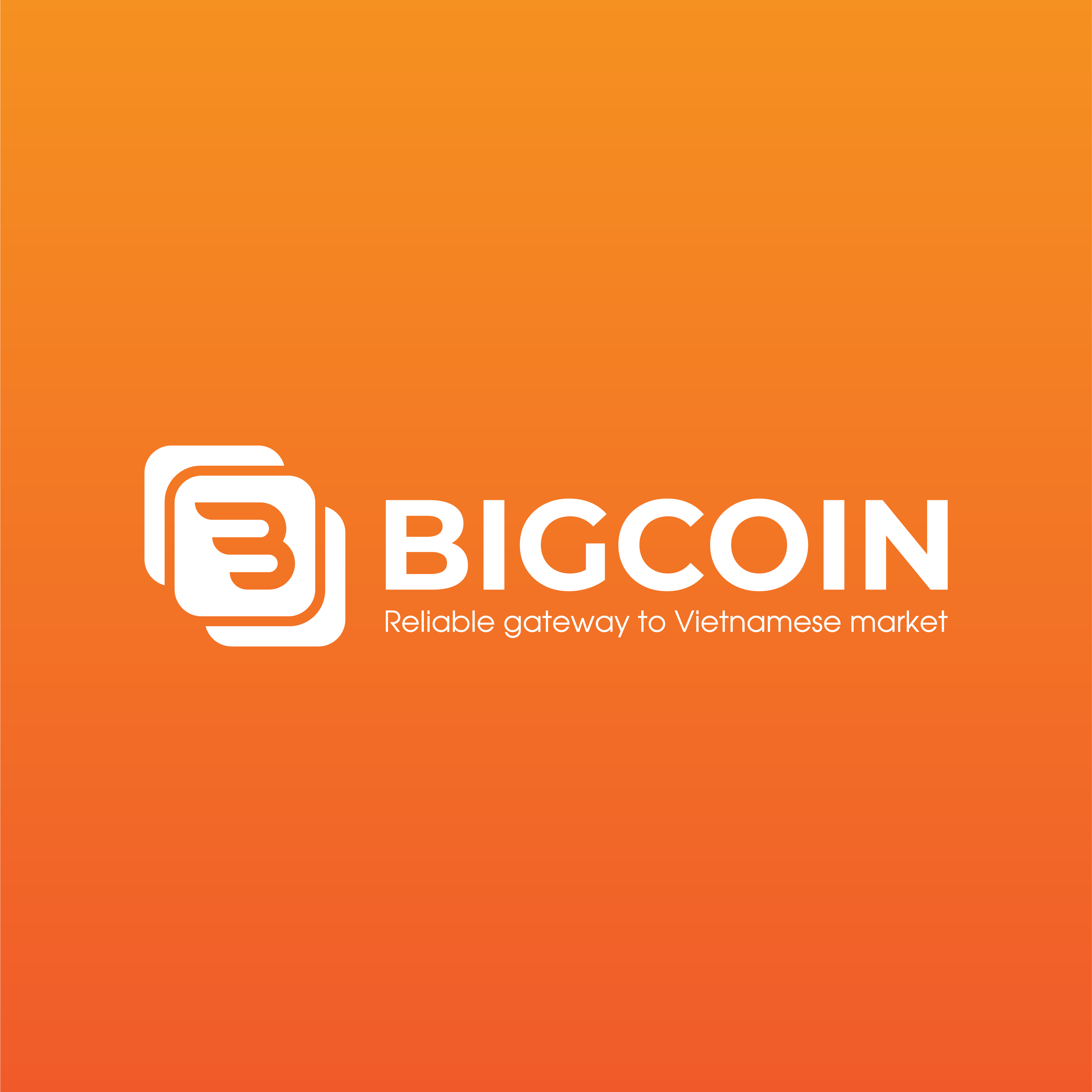
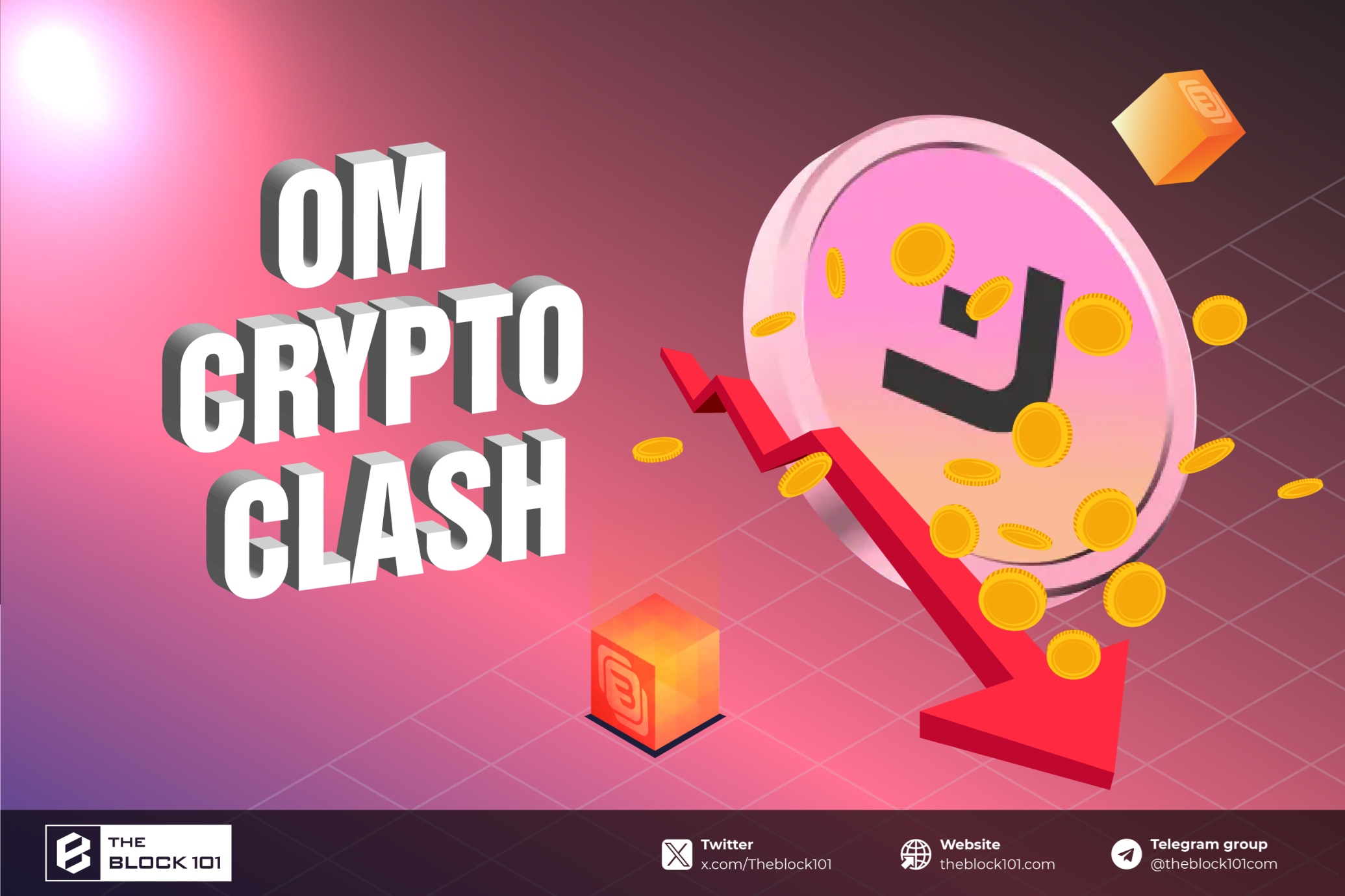

.jpg)

.jpg)

